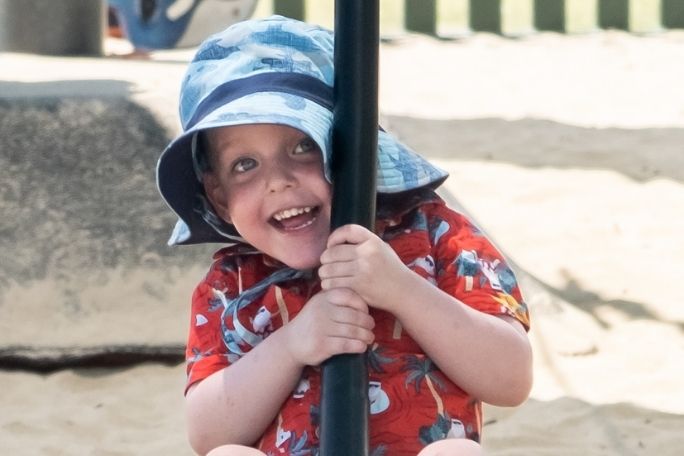Lesson summary
In this lesson, you will read or watch stories about people who have received an organ or tissue transplant. You will use what you have seen and read to create your own story about the impact of organ and tissue donation.
Learning intentions:
Students will...
- use real-life stories to gain inspiration for your own creative writing
- plan and write a story about organ and tissue donation.
Success criteria:
Students can...
- use real-life stories and prompts to come up with creative ideas
- plan a well-structured story.
- write and share a creative story.
Lesson guides and printables
Lesson details
Curriculum mapping
Australian Curriculum content descriptions:
Year 10: ACELT1815, ACELT1644.
Themes:
- think and connect
Time required: 40 minutes.
Curriculum connections: English, Literacy, Sustainability.
This lesson is part of the wider unit of work DonateLife: Exploring Organ and Tissue Donation – Years 9 & 10.
Resources required
- Computer or device for online research
Additional info
This is a good activity for kids to complete independently.
Ideal for: Middle secondary – ages 15-16
This lesson has been created in partnership with DonateLife to get young Australians talking about organ and tissue donation.
Organ, eye and tissue donation saves lives, restores health and improves the quality of life for thousands of Australians each year. But did you know that only 2% of people who die in hospitals each year can be considered for organ donation? One organ donor can save the lives of up to seven people and help many more through eye and tissue donation.


Welcome back!
Don't have an account yet?
Log in with:
By signing up to Cool.org you consent and agree to Cool's privacy policy to
store, manage and process your personal information. To read more, please see
our privacy policy here(Opens in new tab).
Create your free Cool.org account.
Many of our resources are free, with an option to upgrade to Cool+ for premium content.
Already have an account?
Sign up with:
By signing up to Cool.org you consent and agree to Cool's privacy policy to
store, manage and process your personal information. To read more, please see
our privacy policy here(Opens in new tab).